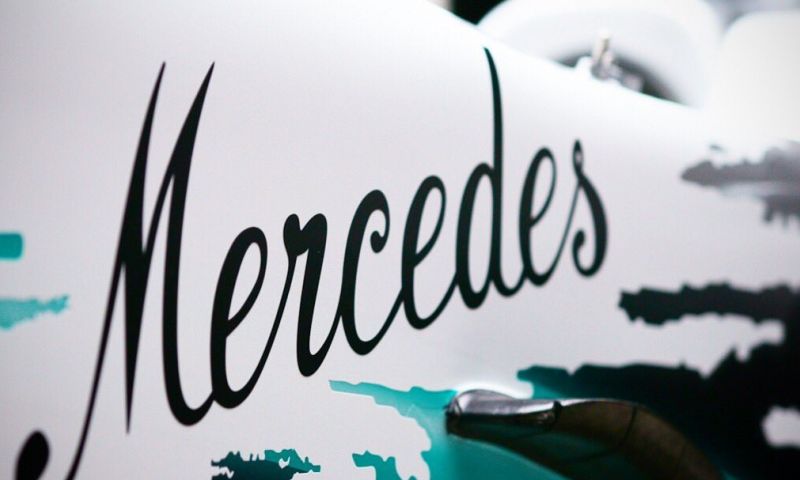Options for engines from 2026: Fans want noise, manufacturers want relevance
General

When it comes to the major rule changes, in Formula 1 it is important to plan far ahead, especially if they want to introduce a new power source. The first decisions were already taken in 2009 for the introduction of the hybrid engines in 2014. And so it is time to do the same for the new power source from 2026. What are the different options?
Politicians tell us that electric vehicles with a battery are the future in the short term. However, Formula 1 has already indicated through Nicholas Tombazis that a fully electric drive is not desirable for them.
However, that does not mean that F1 is not working on a sustainable image. Tombazis, therefore, advocates the retention of hybrid engines that are powered by sustainable fuels. There is, therefore, a chance that from 2026 not much will change in the current design of the power source.
Because the sport also wants to become financially sustainable, this would save a lot of money for the manufacturers who are currently active in the sport. On the other hand, potential new manufacturers are still deterred by the complexity of today's hybrid engines.
Is going back to V8s an option?
That is why there is also a different sound. Among others from Red Bull Racing team principal Christian Horner, who wants simpler engines that also make more noise. The latter to also serve the fans, most of whom still long for the V8 and preferably even the V10 era.
A return to the pre-2014 V8 engine would be arguably the cheapest and most loved option. However, it is diametrically opposed to Formula 1's DNA, in which this will be interpreted as technological decline. The chance that the F1 and the manufacturers choose this is therefore very small.
Another option would be to disconnect the current V6 combustion engine from the electric motors and convert it to deliver comparable power on its own. For example, by achieving a higher speed and installing a larger turbo.
Not a fully integrated hybrid engine
By retaining the desire for a hybrid component, you can add a more traditional KERS system that operates separately from the combustion engine and can also be developed separately.
According to former top designer Gary Anderson, it is much easier and cheaper to work with than a powertrain in which all components are fully integrated, as is the case now. This concept can be applied to V6, V8 and even V10 engines. In combination with synthetic fuels, you have a sustainable Formula that is cheap and interesting for fans.
Because talks about the new Formula are still in full swing, there is still plenty of room for speculation. Formula 1 may come with something completely new. What do you think they could do best? Let your imagination run wild in the comments.
This article was written and originally published by Pelle on the Dutch edition of GPblog.com.

